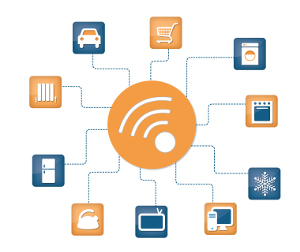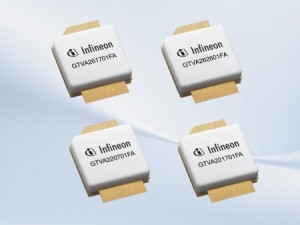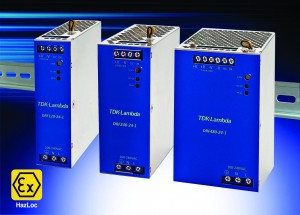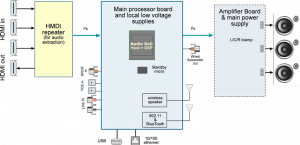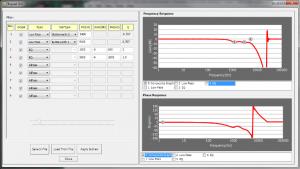Based on the cordless phone standard, DECT ULE is yet another low energy comms system aiming to connect the home for IoT.
The standard was announced a while ago, and the first products have just been qualified.
What it is exactly?
It is very close to original DECT – which from the outset was intended to be used for voice and data.
For example, the physical layer – the radio – remains unaltered
“DECT ULE is a modernised DECT. For IoT, it needed a couple of adjustments,” ULE Alliance business development director Avi Barel told Electronics Weekly.
The first adjustment was to reduce power consumption as DECT was also not designed for battery operation beyond a few days, or few weeks at the maximum.
To cut power, the rate at which the terminals contact one another has been reduced.
According to Barel, with DECT there is an exchange of information between phone and basestation every several 10s of milliseconds.
To get a year’s operation from battery-powered wall-mounted sensor, for ULE the protocol has been altered (through ETSI in 2013) to allow transceivers to sleep something like 99% of the time, wake quickly, operate, and sleep again.
The second adjustment is security, which has been changed to 128bit AES.
“DECT’s security scheme is 64bit encryption – less adequate that state-of-the-art for home security. 128bit AES is the same as Zigbee.” said Barel.
ULE has a star topology with devices (nodes) around a basestation, known as a concentrator. The concentrator can be a cordless phone base, or can be separate.
Every communication goes thorough the concentrator, and nodes can initiate communication to other nodes through the concentrator – for example, a cordless wall switch node can remotely-control an window blind node.
The theoretical throughput is 1Mbit/s, dropping practically to 300-500kbit/s – like Bluetooth, said Barel.
Minimum intended range is 60m including walls (house + garden, said Barel) or 300m open range, with some chipsets claiming 500m.
ULE is being aimed at four application areas: home security, home automation, energy control, and personal well-being.
At its simplest, it will be in open door detectors, window break detectors, smoke detectors, and thermostats, for example. Slightly up the scale, would be a motion sensor with microphone and loudspeaker that uses data and voice.
Already qualified to carry the ULE logo are a garage door sensor, an open/closed sensor, motion detector, flood detector and temperature detector.
Barel points out that many home router/modems for broadband already include a DECT chipset – for example the BT HomeHub is DECT/Wi-Fi router/modem. And that many existing DECT phone bases (not necessarily HomeHubs) have chipsets capable of DECT ULE operation, that could act as concentrators if there was a way to change the software.
“Around 50% of German Wi-Fi hubs have DECT and it is only software change to DECT ULE, if the hardware allows,” said Barel. “For 2016, all Deutsche Telekom all home gateways should include ULE function.”
Also, he said, DECT chipsets from every manufacturer support worldwide coverage without external RF changes. And that all current base station chips are upgradeable to ULE, as well as many handset chipsets.
ULE-only chips that will run for 1 year are available now from Gigaset and Panasonic, Dialog and DSP Group have also just released chipsets.
It looks like system makers are keen to get their customers connected to the cloud, as no, or few, manufacturers are planning concentrators without a web connection. Does this mean the ULE community is aiming to get revenue from services.
No, said Barel, adding: “Panasonic gives cloud service for free to sell hardware.”

